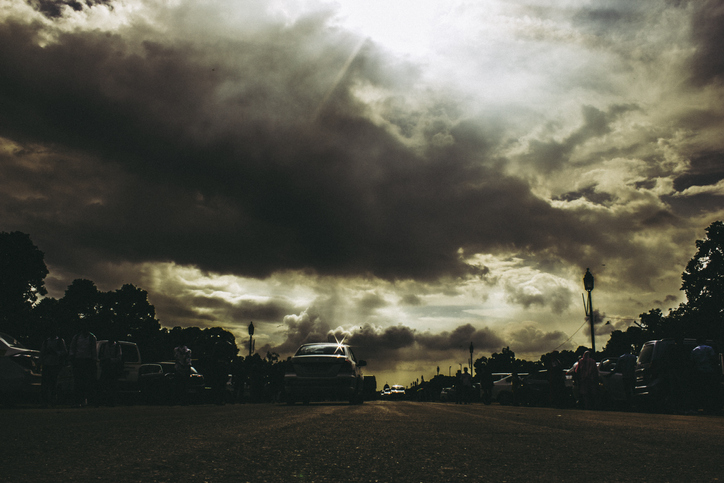
MeT officials said Delhi is in for a week-long spell of “light to moderate” rain with the monsoon trough passing through the region. Rainfall recorded below 15 mm is considered light, between 15 and 64.5 mm is moderate, between 64.5 mm and 115.5 mm is heavy, between 115.6 and 204.4 is very heavy. Anything above 204.4 mm is considered extremely heavy rainfall.
The capital has received 386.3mm rainfall this month so far, which is 103% more than the normal of 190.4mm. This is the highest precipitation for July since 2003 and the second-highest ever. On Tuesday morning (before 8:30 am), the Safdarjung Observatory, the official marker for the city, gauged 100mm rainfall in just three hours. It recorded 5.4mm rainfall in the last 24 hours ending at 8:30 am on Wednesday.
The Palam, Ridge and Ayanagar weather stations received 68.7 mm, 13 mm and 29.1 mm rainfall, respectively. The capital has recorded 15 rainy days this month so far.
The monsoon, which arrived in Delhi on July 13 making it the most-delayed in 19 years, is now drenching Delhi, flooding low-lying areas and causing long traffic snarls.
Normally, Delhi records 210.6 mm precipitation in July. The city had recorded 236.9 mm rainfall last year, 199.2 mm in 2019 and 286.2 mm in 2018. In 2013, Delhi had received 340.5 mm rainfall. The all-time record is 632.2 mm precipitation in July, 2003, according to the IMD data.
According to Mahesh Palawat, vice-president (meteorology), Skymet Weather, the number of rainy days has reduced over the last few years, and extreme weather events have increased. “Cities are recording more rainfall in a shorter period of time. Earlier, 100 mm rainfall would occur over three to four days. Now, we have been receiving this much precipitation in just five-six hours, he said. Such spells of rain do not help recharge groundwater and lead to flooding in low-lying areas, Palawat said. The water percolates in the ground if it rains slowly over four to five days. In case of heavy falls, the rainwater runs off quickly, he said.
The IMD uses four colour codes:Green means all is well; yellow indicates severely bad weather. It also suggests that the weather could change for the worse, causing disruption in day-to-day activities. Orange alert is issued as a warning for an extremely bad weather with the potential of disruption in commute with road and drain closures and interruption of power supply.Red is when extremely bad weather conditions are certainly going to disrupt travel and power and have significant risk to life.
Rival leagues trigger players’ suspensions and a legal battle in Indian golf, for now
Former Delhi CM Kejriwal criticises Centre, Delhi govt over worsening air pollution, alleges AQI manipulation
Delhi Police raids Nangloi unit producing fake engine oil, seizes over Rs 1 crore worth…
Mukesh Sharma reimagines digital components as living matter in his solo exhibition ‘Decoding Digital DNA’
Nine accused were arrested in coordinated raids as police uncovered organised networks supplying mule bank…
Nearly 1.57 lakh PUC challans issued in two months as Delhi steps up GRAP enforcement…